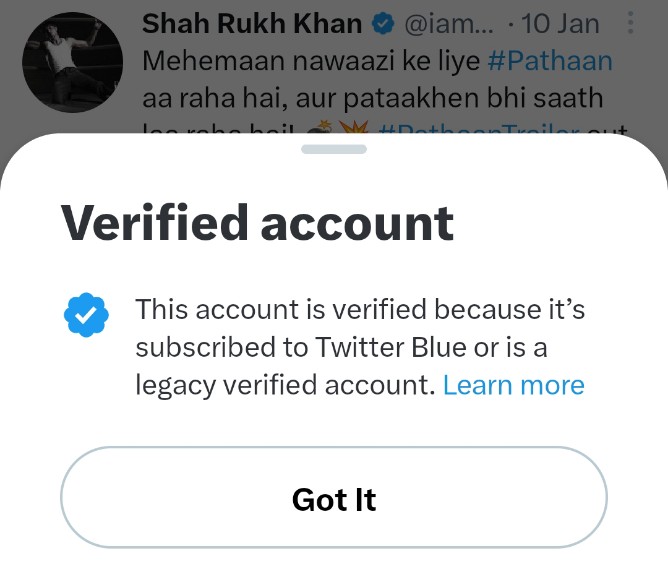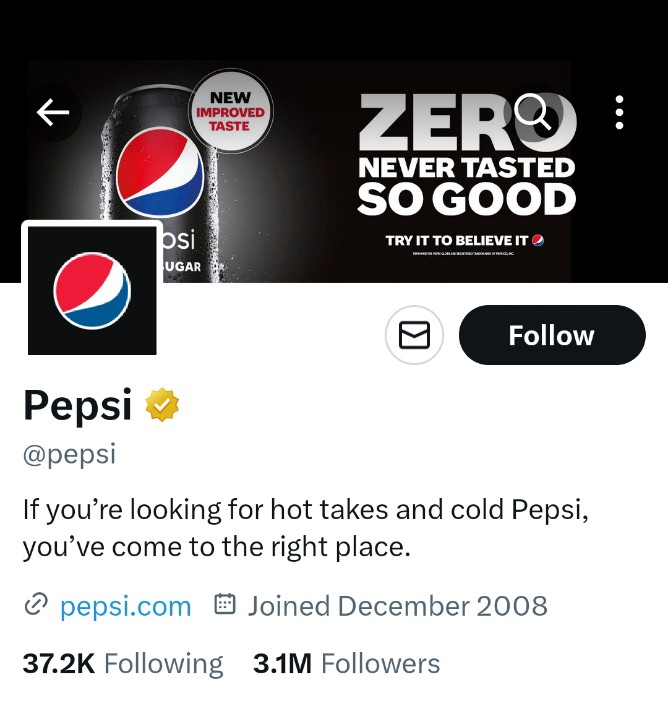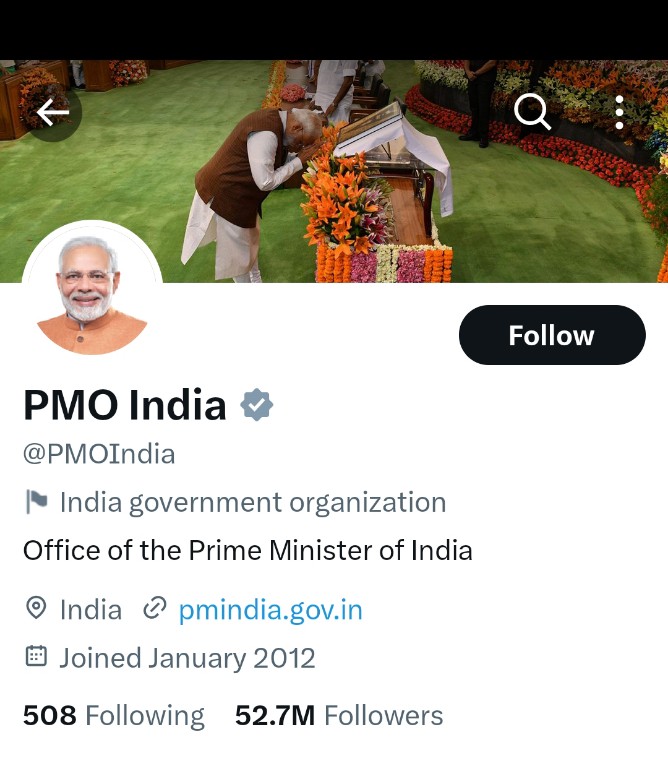Twitter’s new blue, gold, grey ticks: Who gets them and what they mean
Elon Musk's overhaul of Twitter's verification system has caused confusion as checkmarks now come in different colours, each with a different meaning. We try to clear things up in this handy guide.
 (Express photo)
(Express photo) One of the most significant changes Elon Musk made to Twitter in hopes of boosting dwindling earnings post-acquisition was a complete overhaul of its verification system. Whether that’s helping the platform compensate for the lost ad revenue remains to be seen. But what the new verification system is doing is causing a lot of confusion.
The original blue tick was an all-encompassing coveted checkmark awarded to all kinds of influential accounts. Conversely, the new checkmarks come in different colours, each with its own meaning. The blue one can now even be sported by fake accounts. Understanding the new verification system can be difficult, so we try to sort things out with this article.
Blue tick
The original blue tick indicated “active, notable, and authentic accounts of public interest that Twitter had independently verified based on certain requirements.” Now, the blue tick could mean two things: the account was either verified under the previous verification criteria (legacy) or is subscribed to Twitter Blue.
Tapping the blue tick on an account used to tell if the account is legacy verified or if it’s subscribed to Twitter Blue. But this differentiation was done away with in April. The blue tick now comes with a universal “This account is verified because it’s subscribed to Twitter Blue or is a legacy verified account” message.
 It’s near-impossible to tell apart legacy verified accounts from Blue subscribers now (Express photo)
It’s near-impossible to tell apart legacy verified accounts from Blue subscribers now (Express photo)
While Twitter says it has a strict policy against impersonators, it will still be hard to tell apart a fake account from the original should a Twitter Blue subscriber choose to impersonate.
The Twitter Blue subscription costs Rs 900 per month in India on iOS and Android and also includes features like the ability to edit tweets and share longer tweets of up to 4,000 characters. On desktop, it costs Rs 650 per month. The higher price on mobile is to offset the app store commissions, which are generally around 30%.
Gold tick
If you open up Pepsi’s official Twitter profile, you will spot a gold tick beside the account name. You’ll also note that the profile picture is square instead of the usual circular shape.
 The official Pepsi account with its gold check (Express photo)
The official Pepsi account with its gold check (Express photo)
“The gold checkmark indicates that the account is an official business account through Twitter Verified Organizations,” according to Twitter.
However, like the blue tick, the gold tick doesn’t come free either – verified organisations pay a $1,000 per month subscription fee, plus $50 per month for each affiliated subaccount.
Some organisations have refused to pay the monthly fee and may lose the gold check as a result. “We aren’t planning to pay the monthly fee for checkmark status for our institutional Twitter accounts,” a New York Times spokesperson said in a statement, for example. “We also will not reimburse reporters for Twitter Blue for personal accounts, except in rare instances where this status would be essential for reporting purposes.”
Gray tick
Open up the @PMOIndia Twitter account and you’ll see a gray tick next to the account name. Gray tick accounts may also include a flag label underneath the account name mentioning the designation of the account.
 The PMO India account with its grey check (Express photo)
The PMO India account with its grey check (Express photo)
If you haven’t already guessed, a gray tick represents government-related accounts — or “represents a government/multilateral organisation or a government/multilateral official,” to be precise. The UN and the WHO, which are multilateral organisations, also have the gray checkmark.
It isn’t clear if the gray tick is paid like the gold tick, but the White House has already clarified that it will not pay to have its staff’s official Twitter profiles verified, according to an Axios report.







